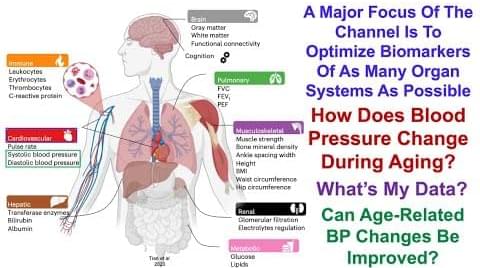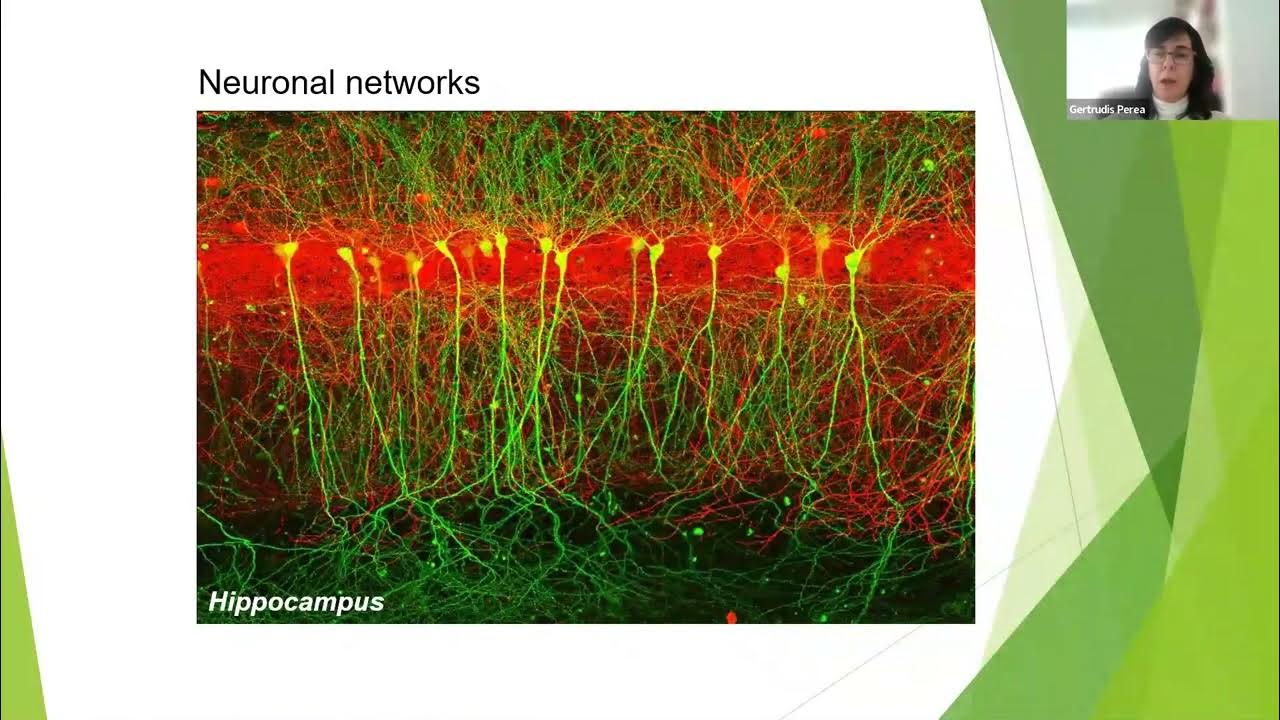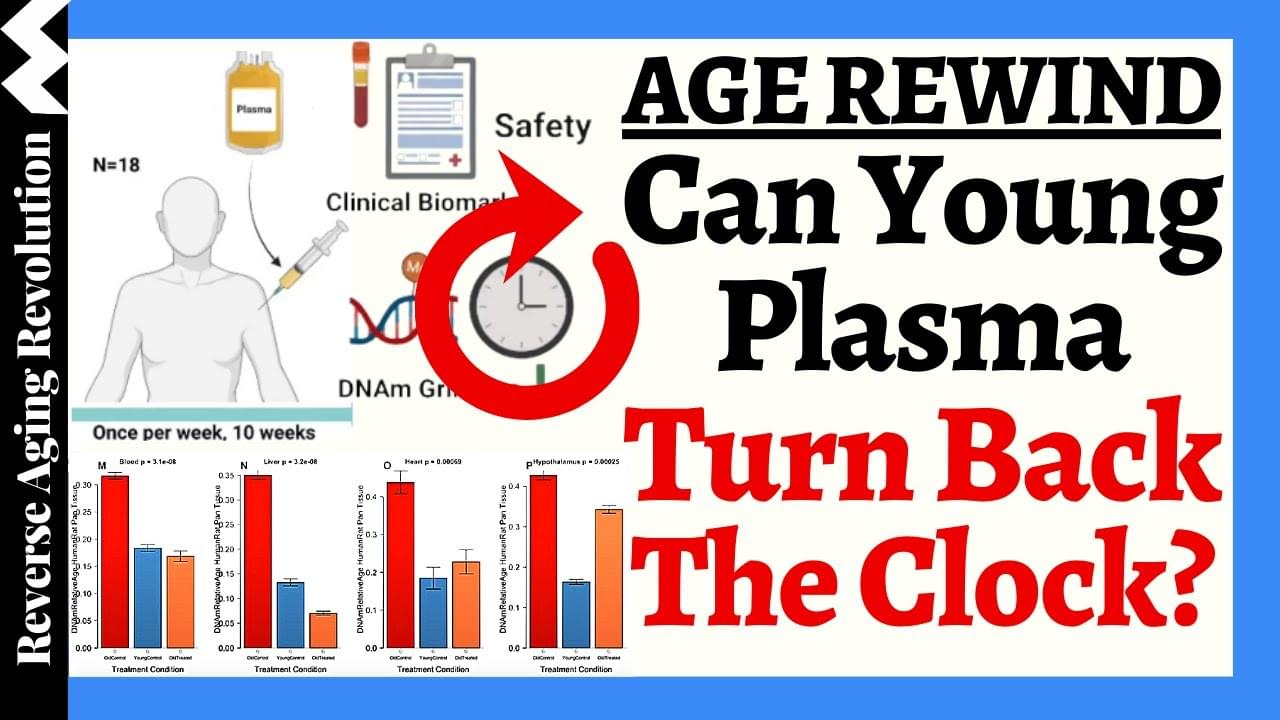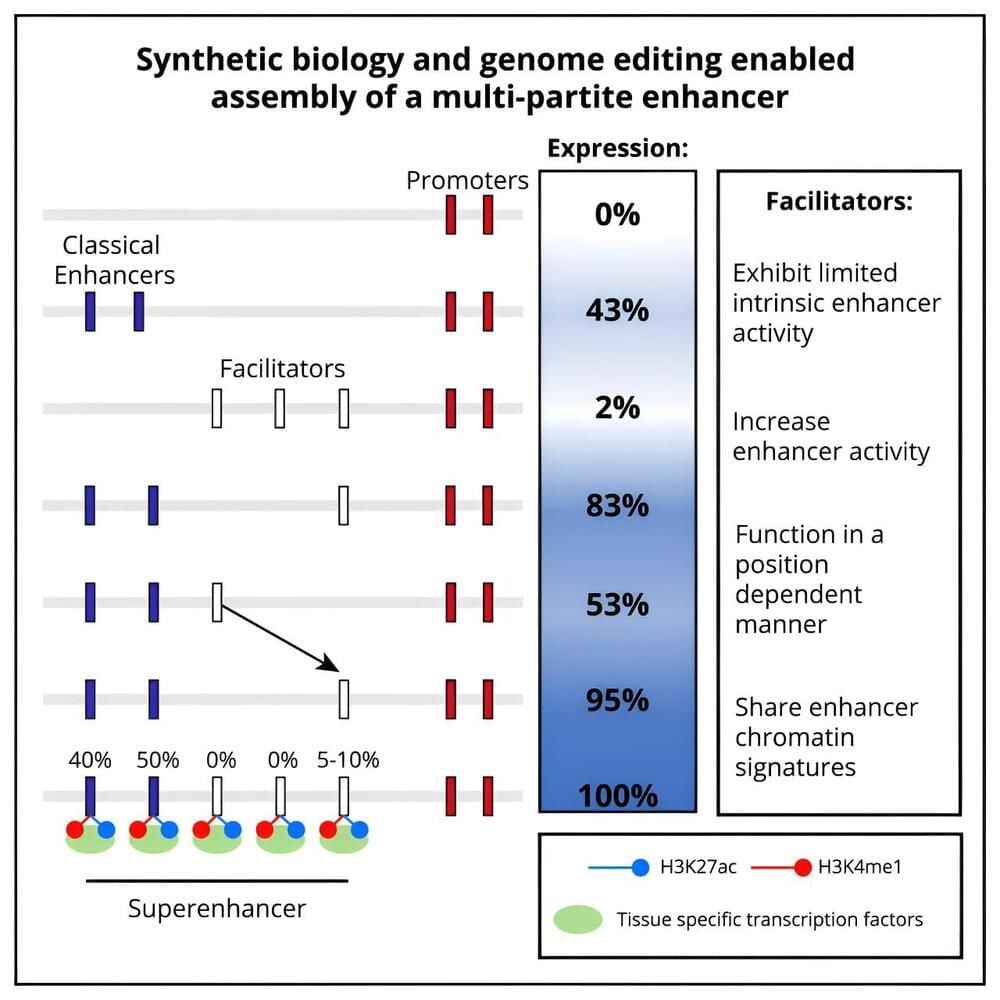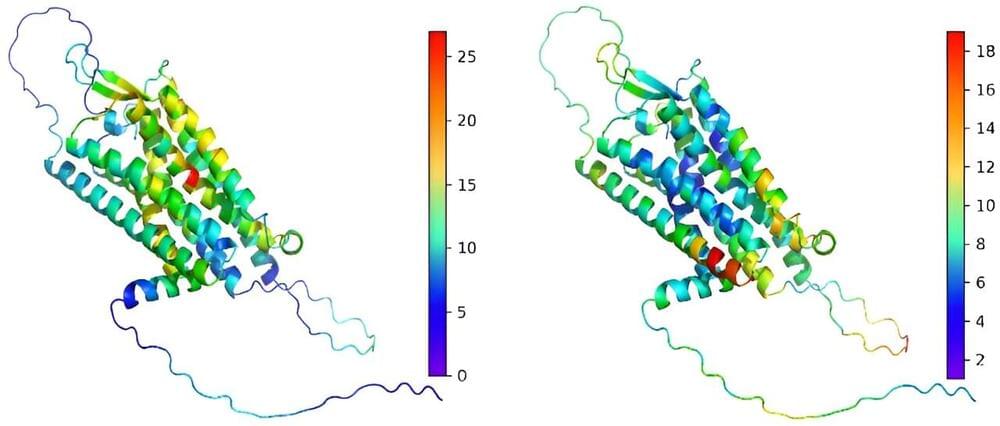Dec 17, 2023
Unveiling the Dark Genome: LINE-1’s Role in Disease
Posted by Paul Battista in categories: biotech/medical, genetics, life extension
Summary: A new study illuminated a part of the “dark genome,” specifically focusing on LINE-1, a genetic element linked to various diseases and aging.
Researchers have provided the first high-resolution images and structural details of LINE-1, an “ancient genetic parasite” with about 100 active copies in each person. This research, involving international collaboration, reveals LINE-1’s mechanism of integrating DNA into the human genome and its correlation with diseases like cancer and neurodegeneration.
The study’s findings offer a foundation for potential treatments targeting this retrotransposon.

